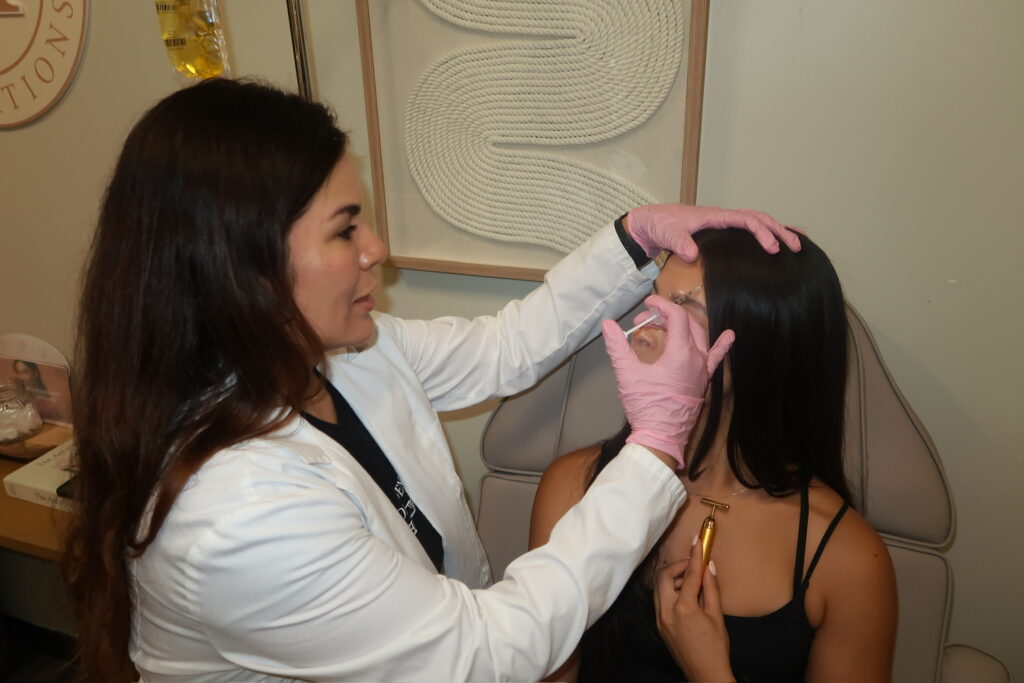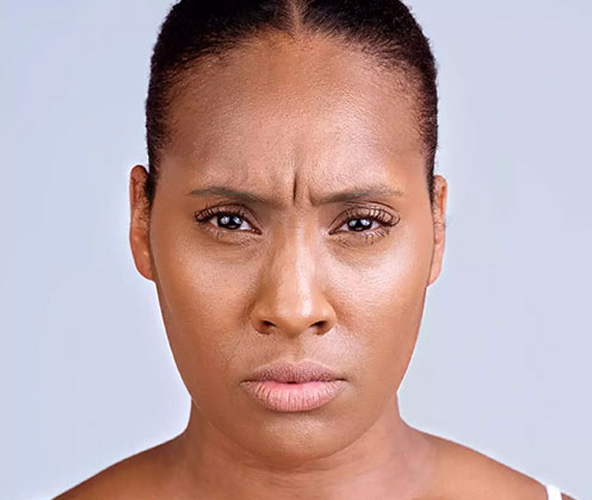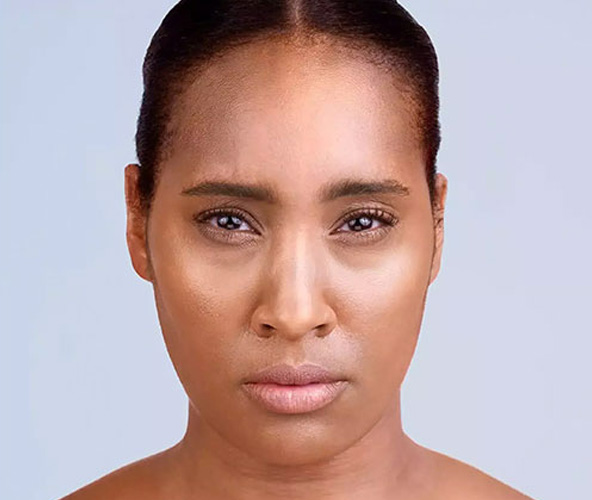Smooth Skin, Confident You

Wrinkle Relaxers
Products We Use
Botox®


Product
Botox®
Forehead lines, crow’s feet, and stubborn wrinkles are natural, but that doesn’t mean you have to live with them. Botox® works by weakening the facial muscles that control wrinkle-causing expressions, dramatically smoothing the affected area over time.
Manufacturer
Allergan
About Botox
As the first product of its kind to go to market, Botox® is the most well-known cosmetic treatment for reducing the appearance of facial wrinkles. The most common areas include the forehead, between the eyes (known as glabellar or “eleven” lines), around the corners of the eyes or crow’s feet, and around the lips (gummy smile, smoker’s lips, or lip flip). Besides wrinkle relaxing, Botox® has a variety of other usages helping to treat conditions such as: Chronic migraines Severe sweating Overactive bladder Cervical Dystonia Blepharospasm (uncontrollable blinking) Strabismus (eyes pointing in different directions)
What can I expect?
A Botox® treatment can take as little as 15 minutes, with minimal to no downtime is needed after an appointment. To ensure treatment is as pain free as possible, your practitioner will use a very small needle and apply numbing cream if necessary. You will begin to see results within one week after treatment. Results will continue to become more visible daily, with full results after approximately two weeks. To maximize results from any neurotoxin injection, a combination treatment may be recommended. For dramatically improved skin texture, combine Botox® with a chemical peel, microneedling, or laser treatment. For improved volume or structure, combine Botox® with the right dermal filler for you. Since there is no one-size-fits-all formula for skincare, our providers work closely with each patient to meet their individual goals.
Targeted areas
If you have one or more of the following facial wrinkles, you may be a good candidate for Botox®: Common facial expressions such as smiling, frowning, squinting, and even chewing can lead to wrinkles that make you look tired or angry even when you’re not. Any adult experiencing these unwanted signs of aging may be a candidate for Botox® injections. A Botox® candidate should be a person who is physically healthy, who is not pregnant or nursing, with no history of neuromuscular disease such as multiple sclerosis. To find out if you are a candidate for Botox®, always make sure to consult with a licensed and qualified health professional. Crow’s feet Forehead lines Glabellar “eleven” lines Smoker’s lines
How does it work?
Botox®, classified as a neuromodulator, uses a toxin called onobotulinumtoxinA to block chemical signals from nerves that would normally cause the injected muscle or muscles to contract. In other words, Botox® temporarily relaxes muscles in order to soften expressions. Over time, the decreased movement can reduce the appearance of wrinkles on the skin above. The effects of Botox® typically last between 3-6 months, varying from person to person. As Botox® begins to wear off, the injected area will begin to move normally over a period of time. With regular treatment and continued use over time, Botox® can begin to reverse the appearance of wrinkles by influencing the muscles to move less naturally. Botox® can also be used to prevent wrinkles from forming. Preventative Botox® treatments can begin earlier in the aging process, as early as in your twenties.
How long does it last?
The effects of Botox® typically last between 3-6 months, varying from person to person.
